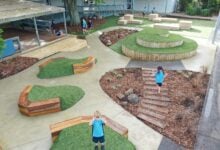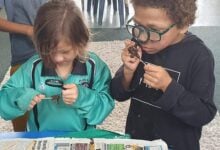Developing the whole learner with museum visits
More than understanding concepts, school museum visits can develop students creativity, curiosity, problem solving skills and much more.
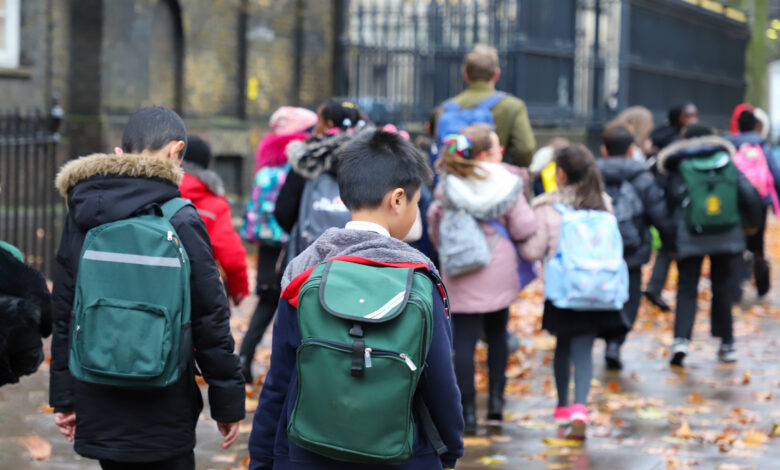
Aotearoa New Zealand has a diverse range of museums spanning multiple curriculum areas. Spaces throughout the country are dedicated to history, the Arts, culture, Te Reo Māori, science and technology, social sciences and more.
A visit to the museum can bring subjects to life for students and, help to reinforce classroom learning.
Read the latest print edition of School News HERE
Benefits, though, extend beyond explicit learning and teaching, as students develop imagination, curiosity, and are inspired to become life-long learners.
Of course, learning outcomes and an alignment to curriculum must always be the focus when planning an excursion. Museums can provide specialised staff to lead your school group, who will have in-depth knowledge of the subject area. These staff will be able to curate a visit for your group, showing them the most relevant exhibits and maximising learning outcomes.
More than understanding concepts
Beyond building an explicit understanding of subject matter, a museum experience will have benefits that extend to all curriculum areas.
Museums offer plenty of opportunities for students to compare, contrast and analyse situations, which can help to develop their critical thinking skills. Observing art, for example, students can point out similarities and differences between time periods or cultures, and draw conclusions as to why these exist. This process can be reinforced through conversations in the classroom, with teachers.
Historical empathy and cultural sensitivity can be fostered through museum visits, as students can explore how people lived in a different time and place. This broadens their understanding and worldview beyond their own, and can help them to understand and accept people’s differences.
To ensure all tamariki learn to the best of their ability, it is important to present learning material in a variety of ways. Tactile learning – allowing students to touch, feel and interact with objects – can help link neurological pathways and create better understanding, memory, and retention. It can also help students with short attention spans to focus. Museums can provide tactile learning experiences, with some items available for interactivity.
Allowing students to explore the museum with little or no direction will give them some agency over their learning, as they make choices about which items or experiences to pursue. Encouraging students to form their own inquiry questions, then investigate and draw conclusions, can lead to strong learning outcomes. When learners can engage directly with their learning and take a proactive approach, they retain information more readily, and can develop a longer-term interest in the topic.
For some students, visiting a museum is not something they would do on their own, without a school group. It might not be something that interests them, or there may be other barriers, including cost, accessibility if there are no museums near their home, and time. Including a museum visit in your learning program may help introduce students to the joys of such an excursion, and leave them with the desire to return.
As with any EOTC venture, a museum visit will help reinforce students’ soft skills. Students will need to respect and adhere to the site’s rules and regulations, and follow the directions of school and museum staff. As representatives of their school, students will need to behave appropriately, both in the museum and moving to and from it.
Ready to plan a museum visit?
We asked a range of museum’s what they offer for school groups.
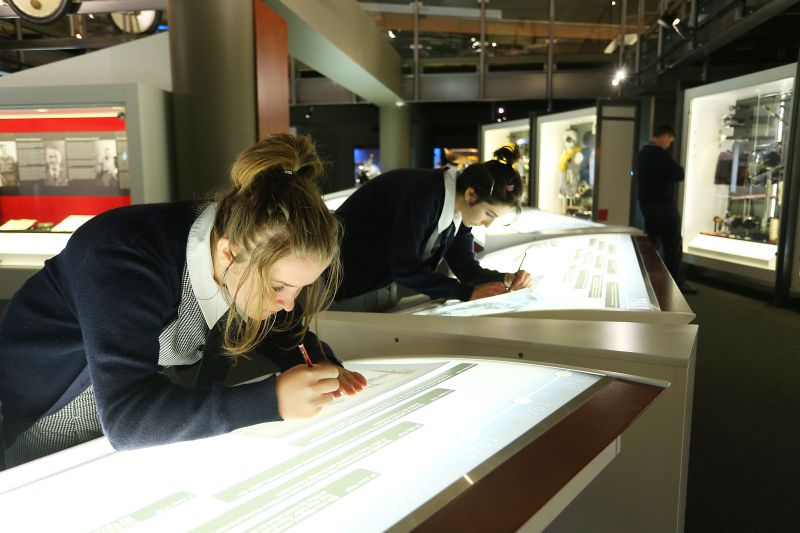
Although the Air Force Museum of New Zealand is best known for its military aircraft collection, it is not just about aeroplanes. Students could be learning in a genuine air force life raft or be educated in an ejector seat!
Located at the historic air force base at Wigram, Christchurch, visitors are invited to discover the stories of the people who have helped shape New Zealand’s military aviation history. These stories are shared through free education programmes to schools and non-profit community groups. Run by trained teachers, the programme content is wide and varied.
While many students visit to engage in STEM-based programmes, such as the science of flight or the mechanics of simple machines, they can also hear about the story of the ANZACs at Gallipoli, the effects of rationing in World War Two, the roles of the Royal New Zealand Air Force (RNZAF), survival skills and much more. The team are happy to cover any learning objectives connected to the New Zealand Defence Force.
The museum’s education programmes attract thousands of local and travelling education visitors each year, and with the ability to live-stream programme content, learning opportunities can be extended to schools all around the country.
With a purpose-built and interactive classroom, simulator rooms, and behind-the-scenes access, students will enjoy a hands-on learning experience for all ages. The Air Force Museum of New Zealand is a specialised and enriching learning environment that cannot be found anywhere else in New Zealand!
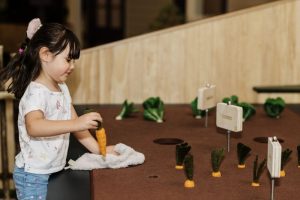
Waikato Museum is an all-weather education venue in the heart of the Kiingitanga region. The Museum is proud to showcase many taonga of Kirikiriroa Hamilton and the Waikato – such as the magnificent waka taua Te Winika – and to share the region’s complex histories with all who visit. The education programmes on offer cover arts, social sciences, history, science and tangata whenua themes, and are available to all levels from primary to tertiary.
Most recently, Waikato Museum was booked out for all of Term 1 with school groups visiting ‘Wharenui Harikoa’, a stunning contemporary Maaori artwork by Lissy and Rudi Robinson-Cole. This has provided an excellent opportunity for the Museum’s Educators to help secondary teachers meet their new Visual Arts curriculum needs.
Waikato Museum is also perfectly placed to support teachers of the new Aotearoa Histories curriculum. Nothing compares to students being able to encounter taonga, historical objects and artworks firsthand, with educators bringing their narratives to life through hands-on activities, puuraakau and other koorero.
Waikato Museum Educators manaaki students and teachers throughout their visit, from planning or timetables to meet-and-greet and farewells. For them, it is an honour to participate in the transmission of valuable cultural knowledge, so they work hard to make every Museum visit as rich and memorable as possible for tauira and teachers alike.
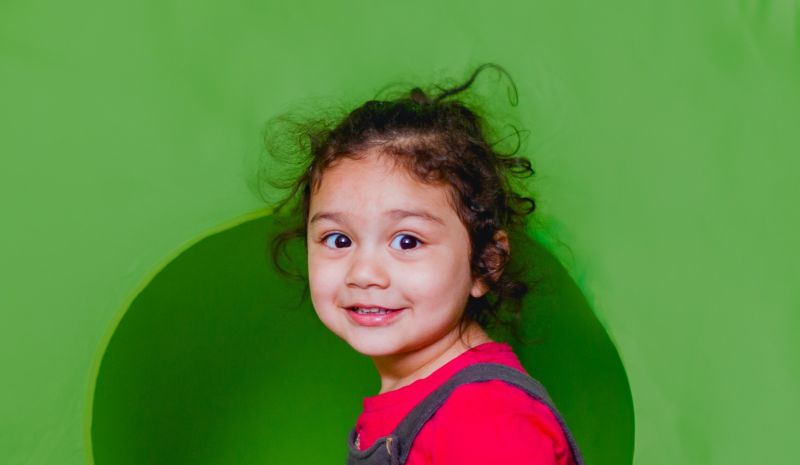
In May this year, MOTAT is opening a brand-new, interactive science and technology centre designed to capture the imaginations of Aotearoa’s young people and engage them in the world of science and innovation.
Te Puawānanga has been developed to draw on the two key knowledge systems of Aotearoa, that of western science and Mātauranga Māori, and has a strong focus on NZ innovation and its history.
Situated at MOTAT’s Great North Road location, the centre will be at the heart of MOTAT’s highly successful education programme that sees multiple schools and early childhood centres visit during the school week. The rich STEM learning experience offered in the education programmes will now be augmented by immersive, interactive exhibition elements, and will nurture emerging innovators in the hands-on design thinking space.
Te Puawānanga incorporates three main galleries including one designed especially for under-fives – Te Puku. This gallery calls upon nature as the first science teacher and will feature, among other elements, a puna (stream), kumara garden and harakeke (flax) weaving interactive. It is designed to nurture childrens’ engagement with Te Whariki curriculum (strands): Mana tangata – contribution, Mana whenua – belonging, Mana reo – communication, and Mana aotūroa – exploration.
The main gallery, designed for primary and intermediate-aged children, will go deeper into science and technology, allowing visitors to explore, in a hands-on way, concepts such as light, energy, matter, and sustainability, and to learn about Aotearoa New Zealand innovation culture.
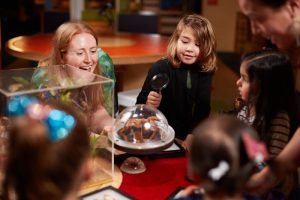
Auckland Museum offers an exceptional opportunity for students to learn through amazement and discovery. Featuring unrivalled object collections, gallery spaces, plus bespoke ‘learning lab’ classrooms, the museum offers immersive, hands-on programmes, accommodating all styles of learning.
AM Learn is the museum’s dedicated education team who support learners and educators through engaging, curriculum-aligned programmes and resources. Delivered by teachers, scientists and historians, the team are passionate about building knowledge and creating memorable learning experiences.
The museum’s culturally responsive programmes cater for learners from early childhood, through to senior high school. Educators can choose from a diverse selection of topics, with more than 20 options available, from New Zealand Land Wars to WWI and WWII, Natural Sciences, Māori and Pacific, and Human History.
Professional development workshops and teacher-only days are also available to encourage intergenerational learning and exploration. Should tailor-made experiences be required, the AM Learn team will work with your school or kura to meet the specific learning goals of your students.
If you are unable to visit the museum in person, online options are available, or the AM Learn team can come to you. Two of the programmes available are ‘Volcanoes’, supported by EQC and ‘Dinosaur Discovery’, supported by Watercare, and delivered free at your school or kura.
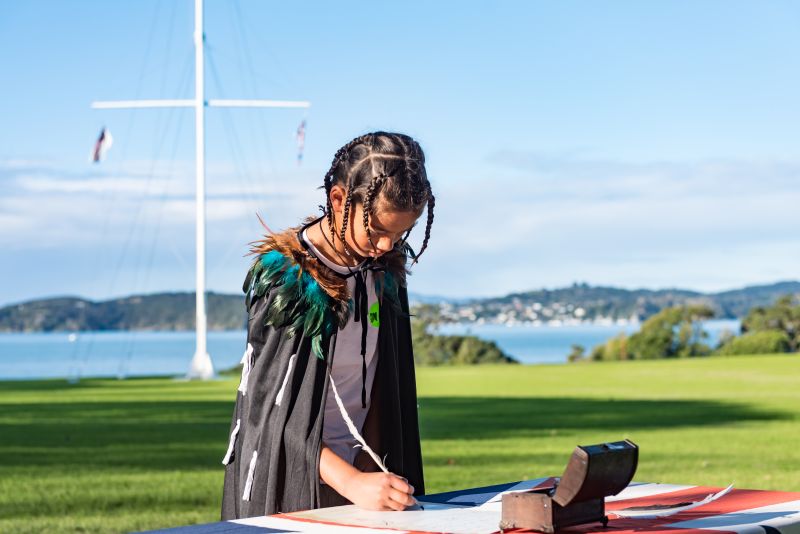
The Waitangi Treaty Grounds witnessed some of New Zealand’s most important events of national significance. Two award-winning museums, Te Kōngahu Museum of Waitangi and Te Rau Aroha Museum of the Price of Citizenship, complement the historic site and buildings, such as the Treaty House, Te Whare Rūnanga and the waka taua Ngātokimatawhaorua. A visit to Waitangi showcases the sequence of historic events, and causes and consequences; it also encourages visitors to examine the relationships between peoples and the actions taken as a result of these consequences.
All school visits to Waitangi are facilitated by members of the Learning Team who co-design a bespoke programme with the teacher to enrich and amplify classroom learning. Ākonga receive rich and deep learning experiences outside the classroom, with opportunities for them to inquire into topics that are important to them and to their communities.
As experienced classroom teachers, the team know that learning never happens in isolation: programmes integrate Histories and Social Sciences with Literacy, the Arts, Science and Technology. Waitangi staff also help ākonga realise that our histories have led us to where we are today, and inform the choices we make today and in future – ka mua, ka muri.








